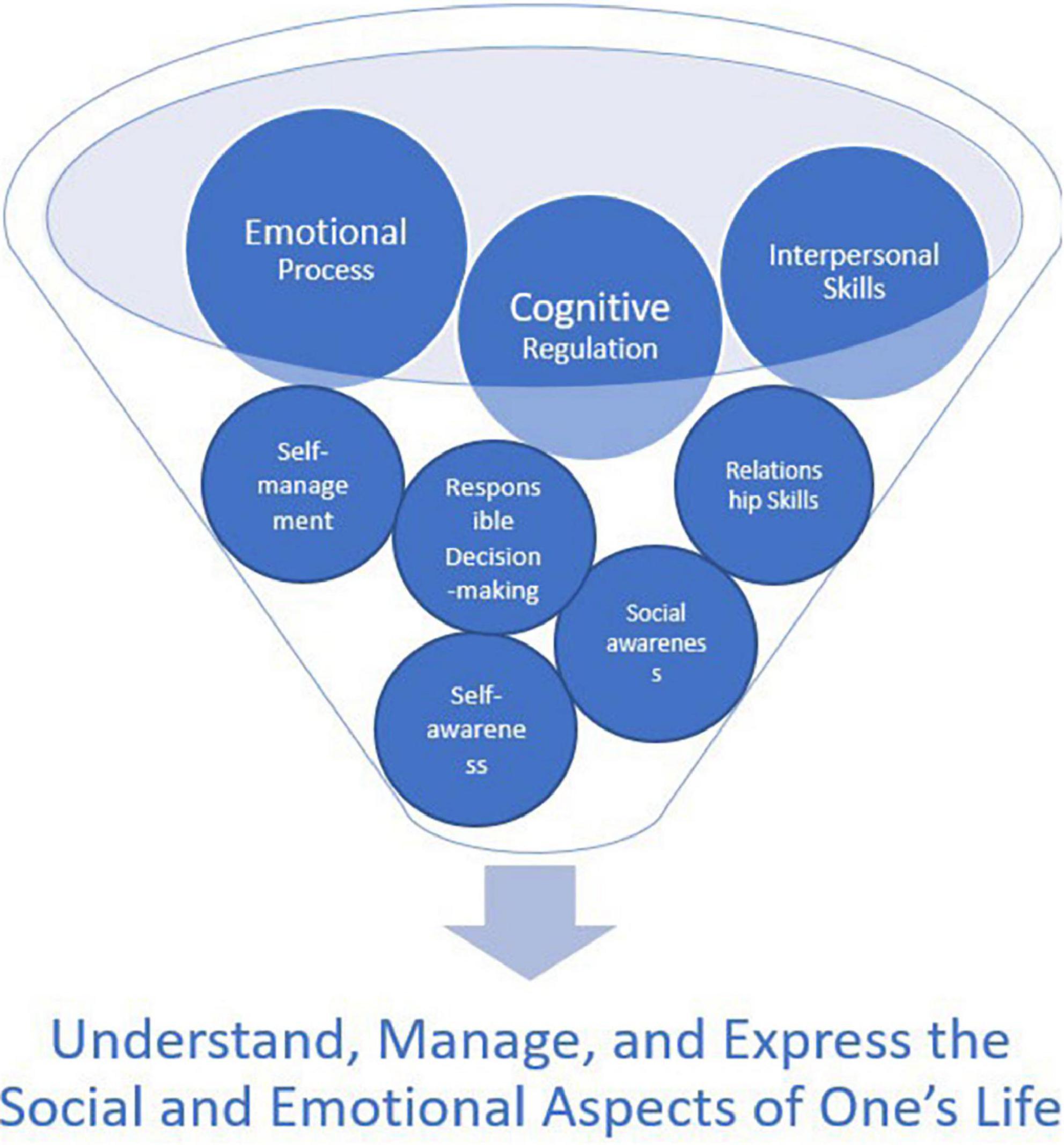The Future of SEL in Schools: Emerging Trends and Next Steps for Education
As schools grapple with the rapidly changing educational landscape, the importance of Social Emotional Learning (SEL) has never been greater. From supporting mental well-being to fostering skills critical for academic and life success, SEL is transforming how educators and administrators think about whole child progress. This comprehensive guide explores the future of SEL in schools, highlighting emerging trends, practical steps, key benefits, and real-world case studies. Whether you’re a teacher, administrator, or parent, understanding the evolving SEL landscape can definitely help you prepare students for lifelong success.
What Is Social Emotional Learning (SEL)?
social Emotional Learning is the process through which students acquire and apply the knowledge, attitudes, and skills necessary to understand and manage emotions, set positive goals, feel empathy for others, establish positive relationships, and make responsible decisions. As the spotlight on SEL grows, schools across the globe are integrating these competencies into everyday practice.
Key Benefits of SEL in Schools
- Improved Academic Performance: SEL programs boost student achievement by up to 11 percentile points, according to CASEL research.
- Enhanced Mental Health: Regular SEL reduces stress, anxiety, and emotional distress in students.
- Positive School Climate: SEL fosters inclusivity, respect, and community within schools.
- Long-Term life Success: Self-awareness, empathy, and responsible decision-making are essential skills for the workforce and civic engagement.
- Reduced Behavior Problems: SEL leads to fewer instances of bullying and disciplinary issues.
Emerging Trends Shaping the Future of SEL in Schools
1. Technology Integration and Digital SEL
With the proliferation of 1:1 devices and edtech platforms, technology is becoming a cornerstone in the delivery of SEL curricula. tools like Panorama Education, ClassDojo, and mindfulness apps are equipping teachers with data-driven insights into student well-being and engagement.
- Gamified SEL apps for K-12 students foster engagement.
- Online self-assessments help teachers track SEL progress in real time.
- Remote learning models now incorporate virtual SEL strategies, widening reach.
2. SEL for Equity and Inclusion
As equity becomes a central focus in education policy, SEL is evolving to embrace culturally responsive teaching.programs are increasingly tailored to reflect the diverse backgrounds, languages, and needs of students.
- Multilingual SEL resources improve accessibility for English learners.
- Trauma-informed practices support students from marginalized or underserved communities.
- Family and community involvement is key to ensuring SEL is inclusive and sustainable.
3. Data-driven SEL Implementation
The future of SEL in schools hinges on actionable data. Advanced analytics platforms are enabling educators to measure the impact of SEL initiatives on both academic and behavioral outcomes, ensuring continuous advancement.
- real-time dashboards track student emotions, engagement, and participation.
- Feedback loops involving students, families, and staff enhance program relevance and effectiveness.
4. Integration with Academic Instruction
The next generation of SEL programs are not stand-alone—they’re woven into daily teaching and learning. Math, science, and literature lessons can all include SEL skill-building, making it a core part of the curriculum rather than an “add-on.”
5. Expanded professional Development
Teachers need ongoing support to effectively deliver SEL. Districts are expanding PD offerings to cover:
- Explicit SEL instruction strategies
- Self-care and well-being for educators
- Collaboration with school counselors and mental health professionals
Practical Tips for Implementing SEL in Your School
- Embed SEL into Classroom routines: Morning circles, weekly reflections, and classroom agreements can create a safe habitat for students to practice SEL skills.
- leverage Tech Tools: Use digital SEL platforms for check-ins, surveys, and mindfulness activities to cater to diverse learning settings.
- Engage Families: Host SEL parent nights,share home activities,and maintain open channels for family feedback and participation.
- Measure and Reflect: Utilize student self-assessments and teacher observations to adjust SEL strategies and set achievable goals.
- Promote Staff Well-being: Offer wellness programs for teachers to model SEL competencies for students.
First-Hand Experience: SEL Success Story
Case Study – Jefferson Middle School’s SEL Journey
after a challenging year post-pandemic, Jefferson Middle School launched a comprehensive SEL initiative. Weekly advisory sessions focused on empathy, mindfulness, and goal-setting. The school also implemented a digital feedback system for students to express their emotional states.
- Results: Suspensions dropped by 30%, overall attendance improved, and state test scores in reading and math rose by 8%.
- Student Voice: One student shared, “Having a safe space in advisory to talk about feelings and stress has helped me focus in class and be kinder to others.”
Next Steps: Advancing SEL in Education
As SEL continues to shape the future of education, key next steps for school leaders and policymakers include:
- Policy Alignment: Advocate for SEL to be included in district policies and state standards.
- Resource Allocation: Secure funding for SEL programs, staff PD, and technology.
- Community Partnerships: Collaborate with local agencies and healthcare providers to support school-wide SEL and mental health programming.
- Research and Continuous Improvement: regularly evaluate SEL outcomes and adjust strategies for evolving student needs.
Conclusion: The Transformative Promise of SEL
The future of SEL in schools is radiant, driven by technology, inclusivity, and a deepening commitment to holistic student growth. By staying attuned to emerging trends and adopting a collaborative, data-informed approach, educators can ensure SEL remains at the heart of schooling. With thoughtful implementation and ongoing support, schools can equip students with the emotional intelligence, resilience, and skills they need to thrive in a complex, ever-changing world.
Ready to take the next step? Start a conversation about SEL in your school community today, and join the movement towards a brighter, more supportive, and successful educational future.

